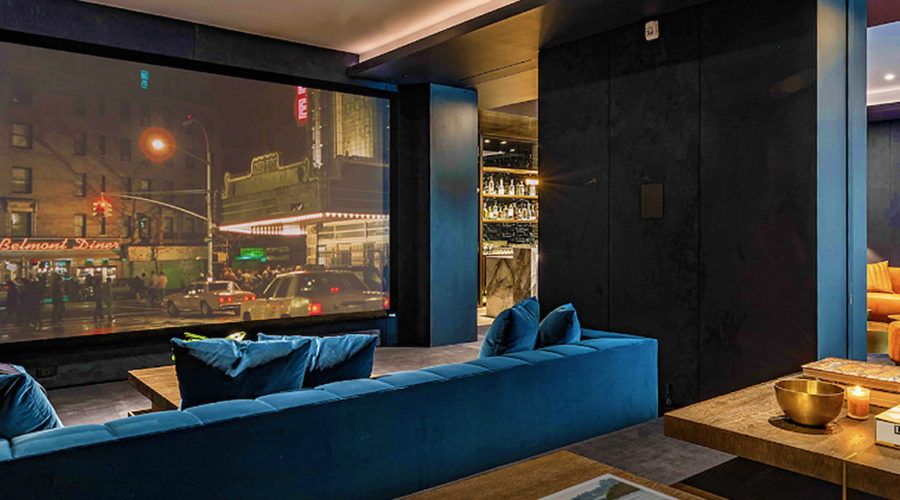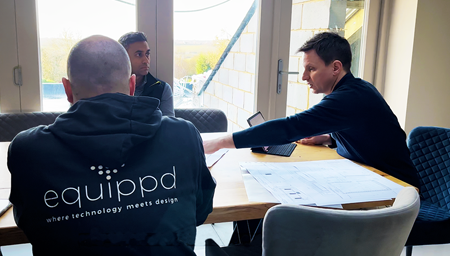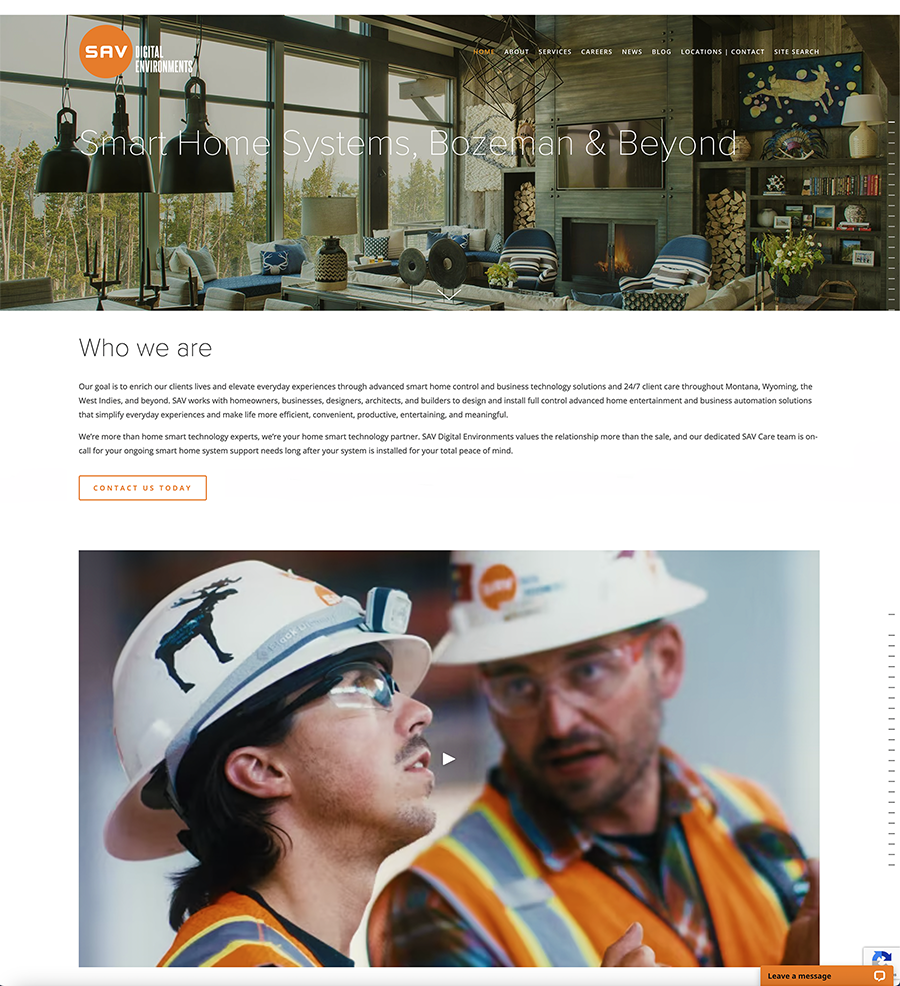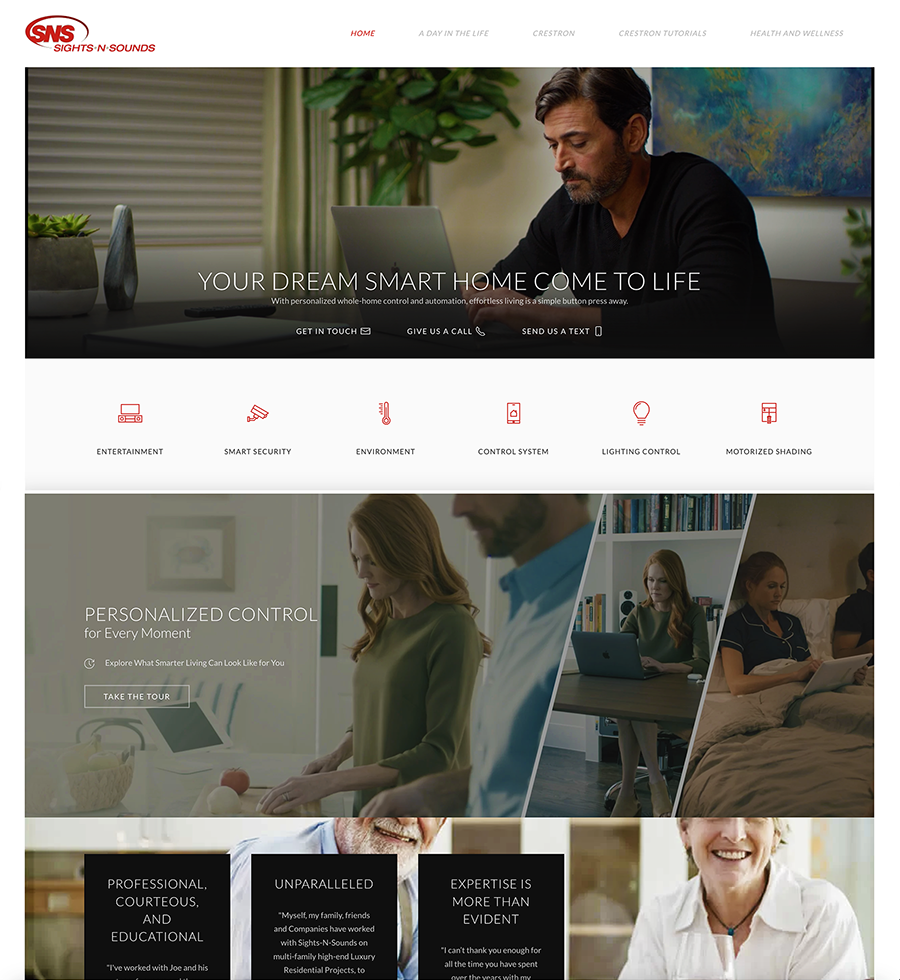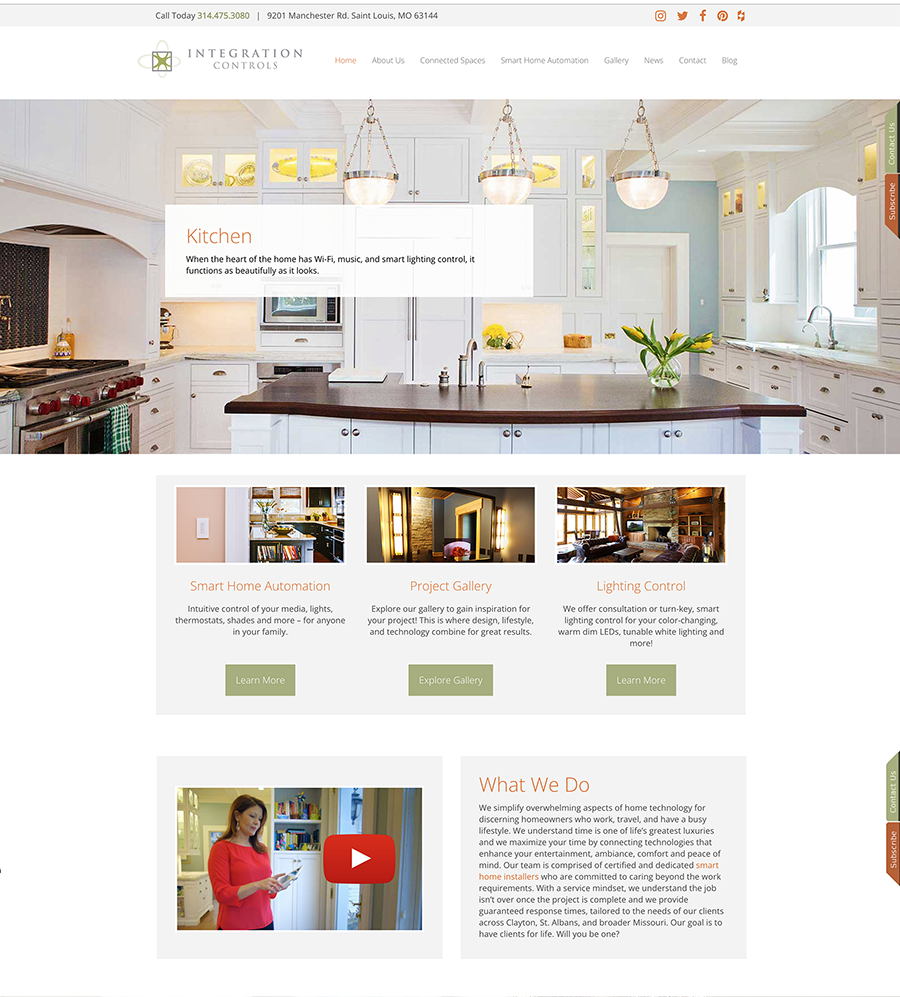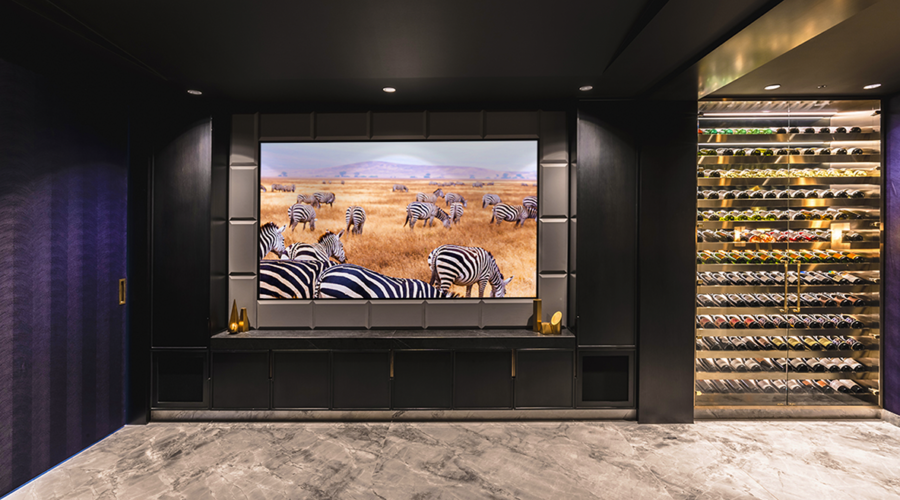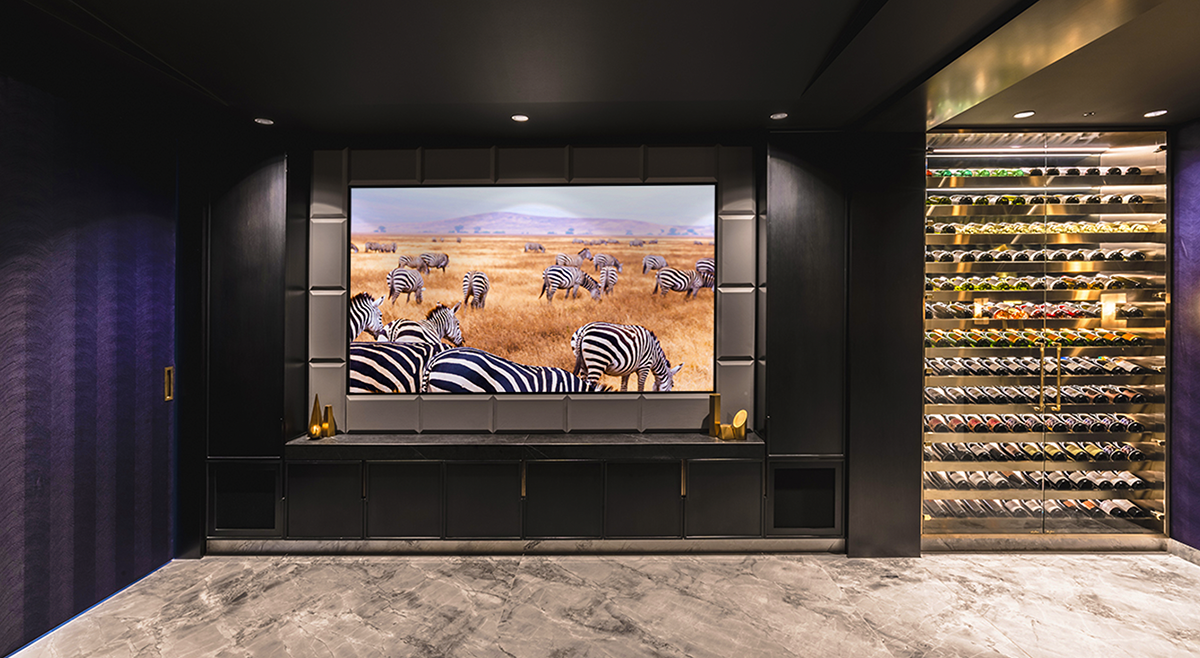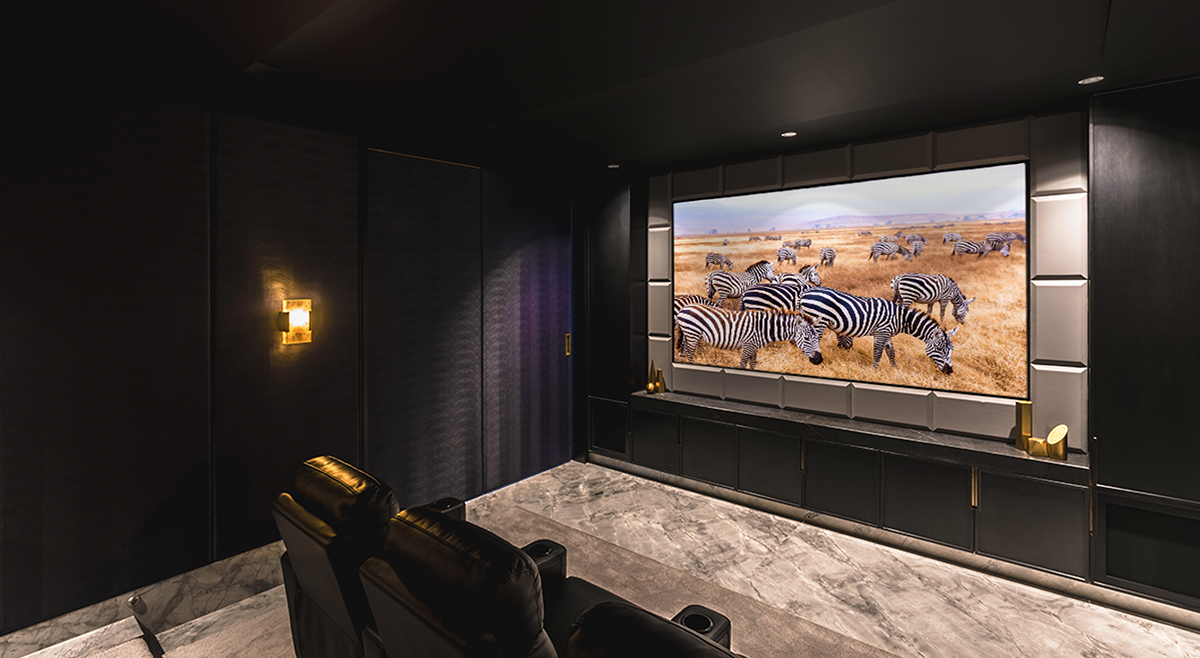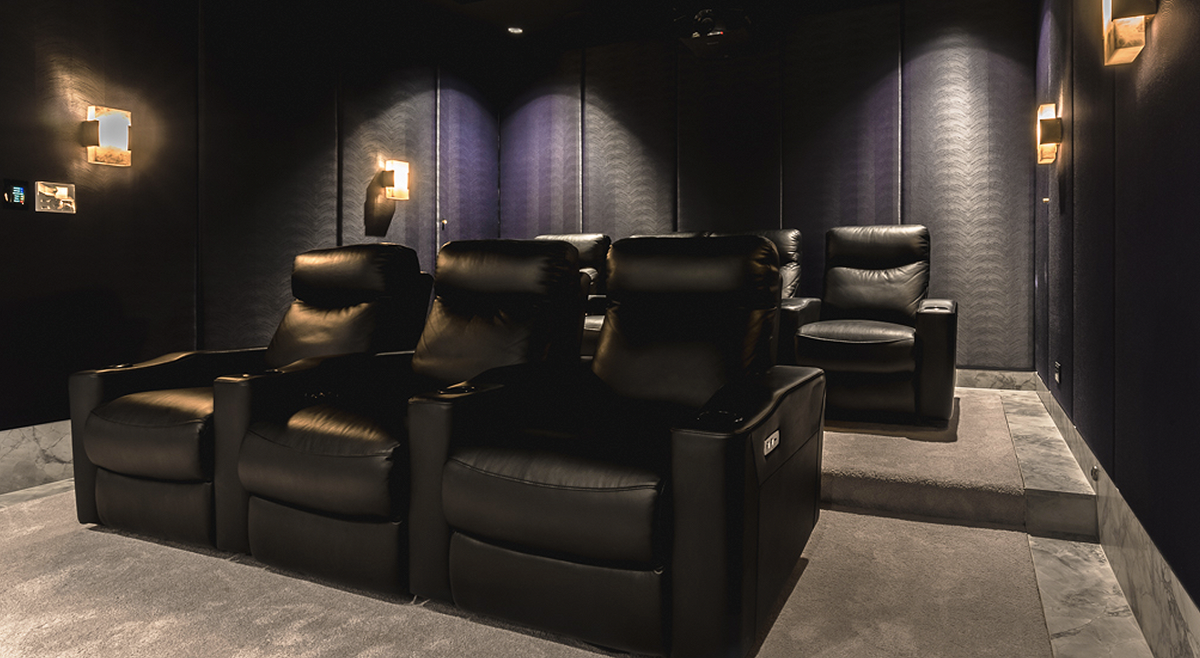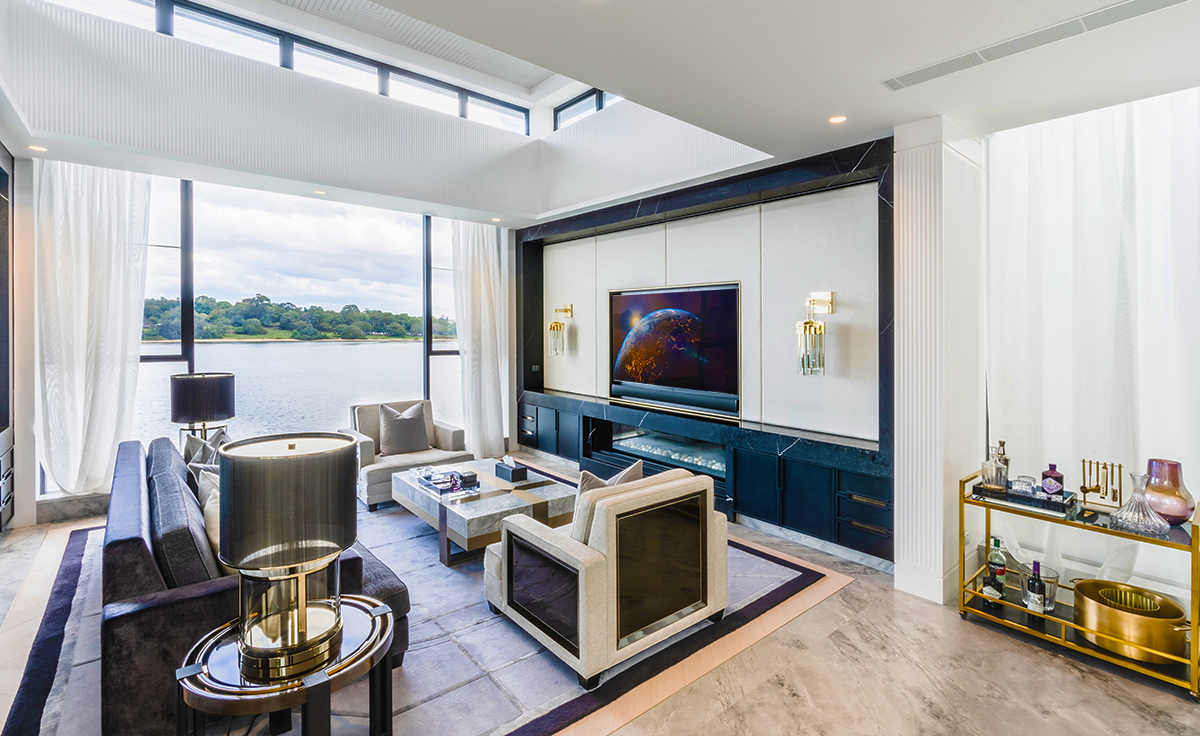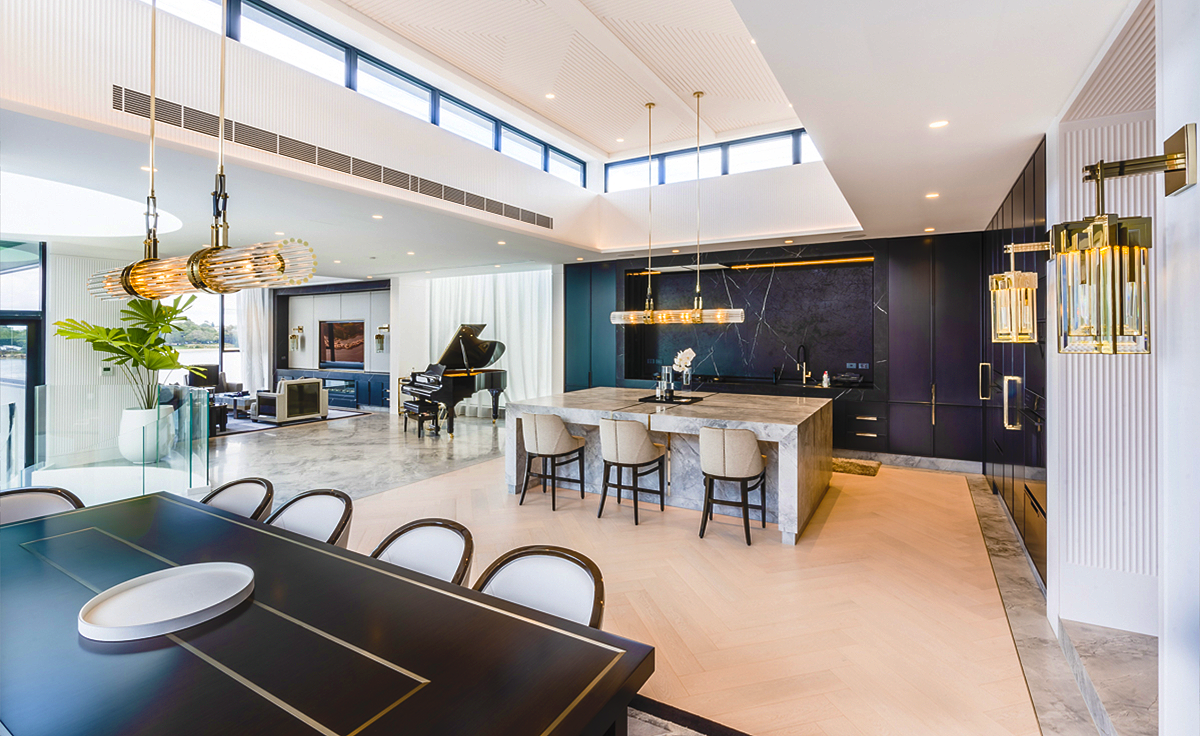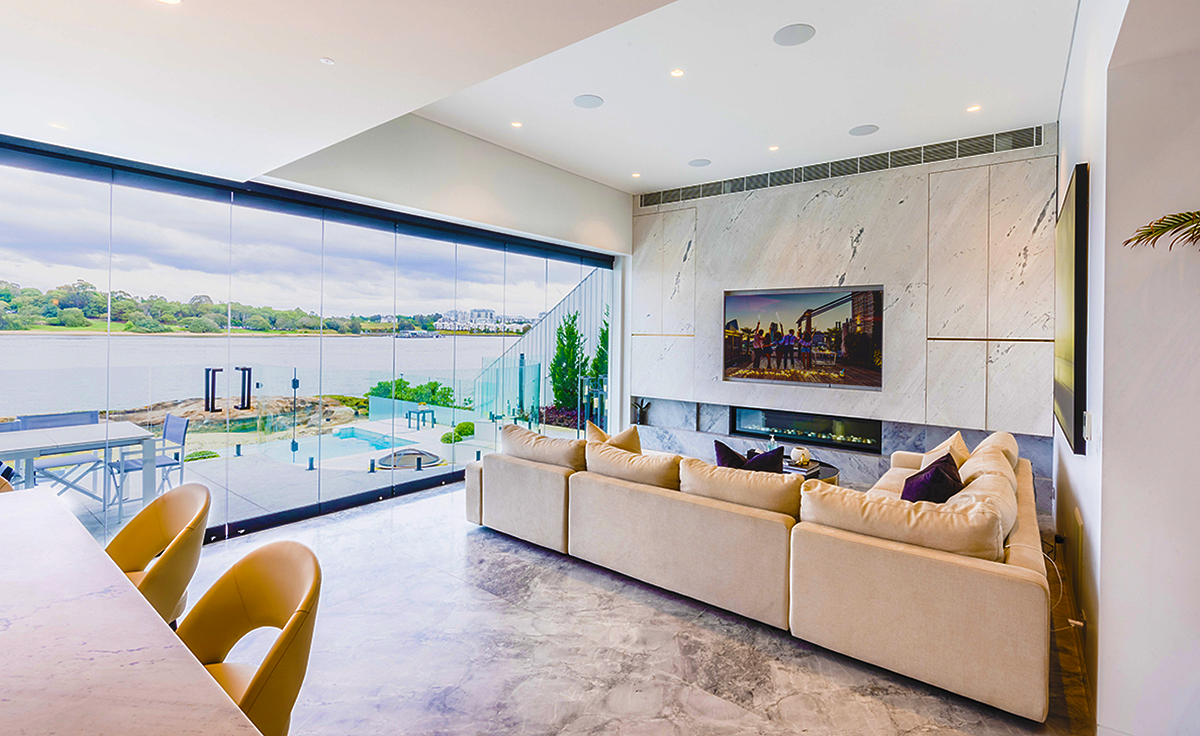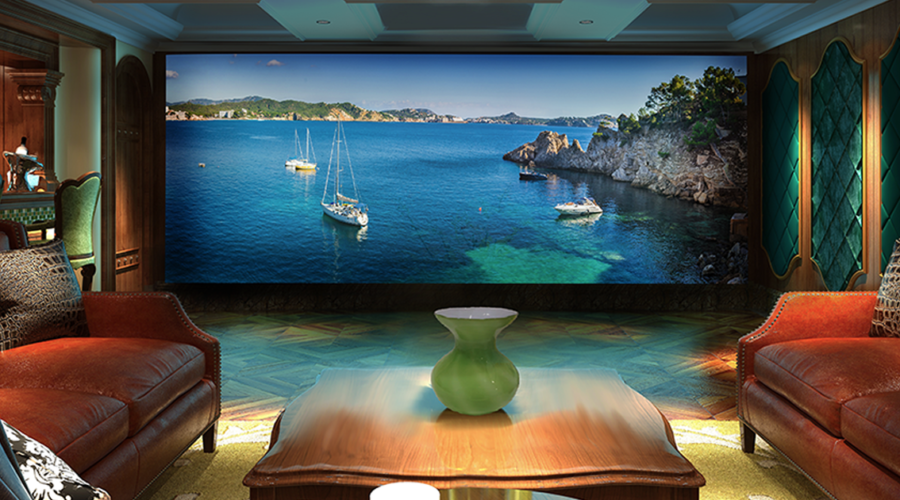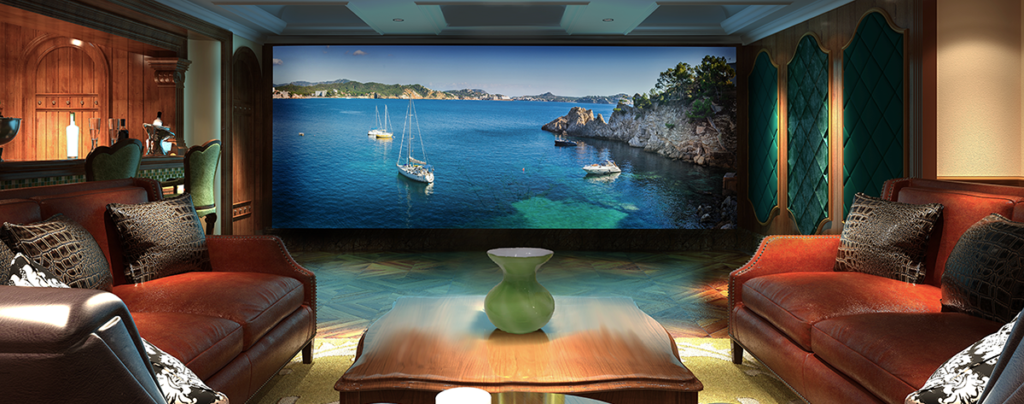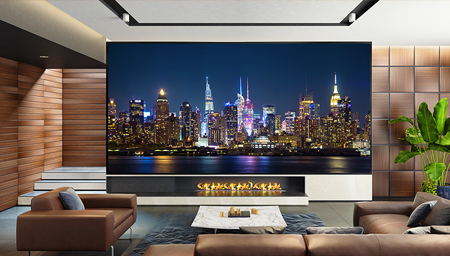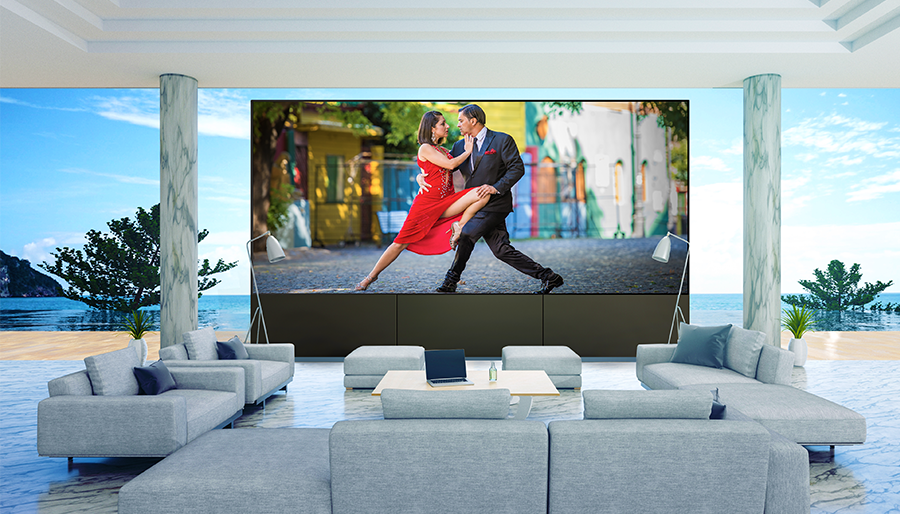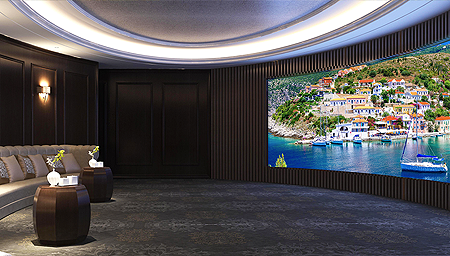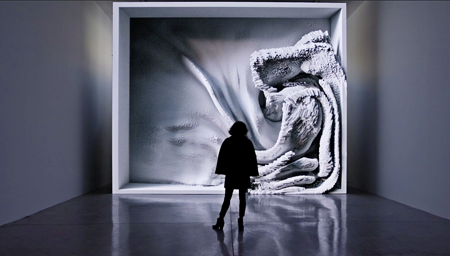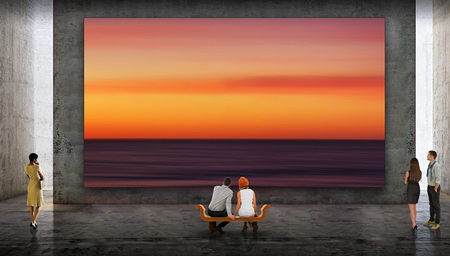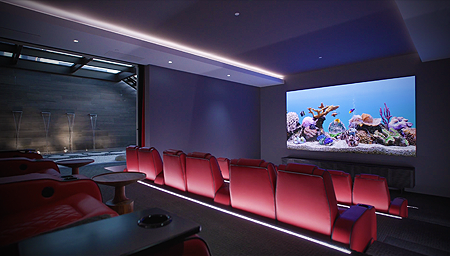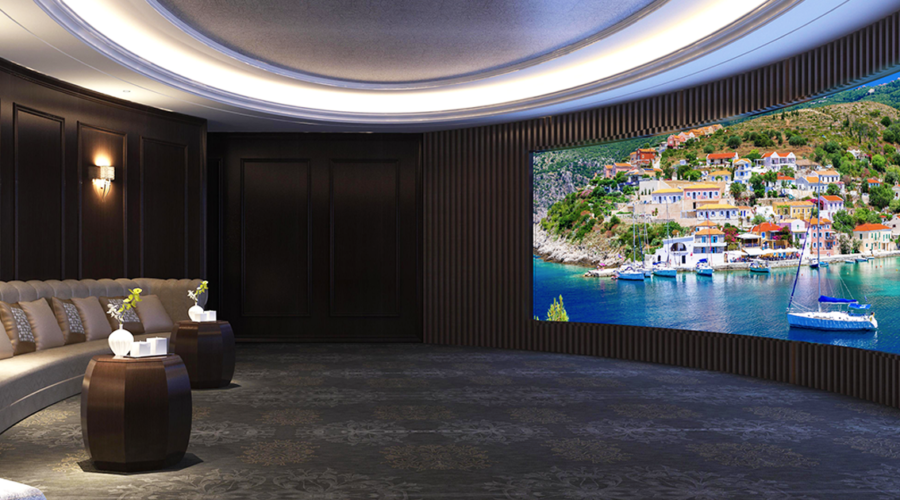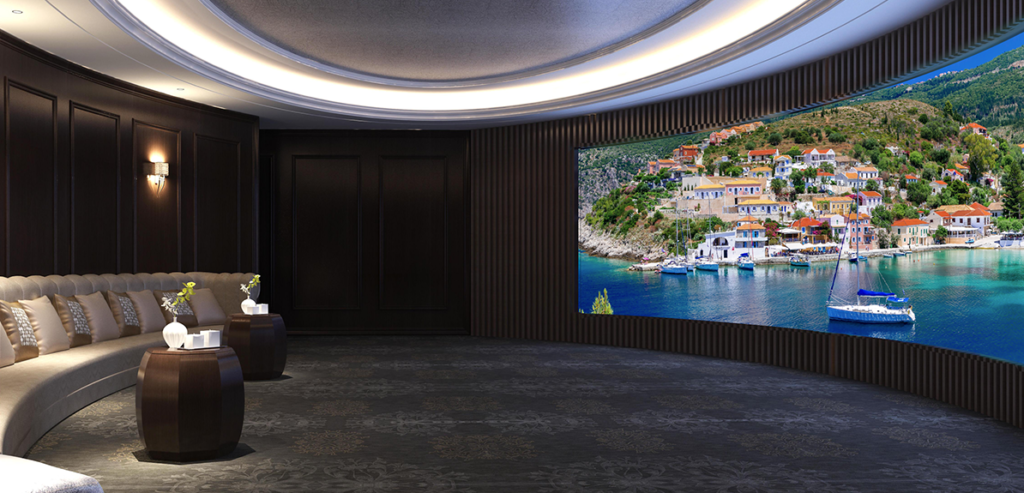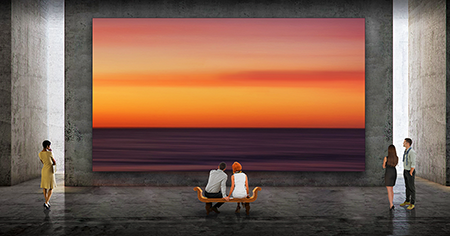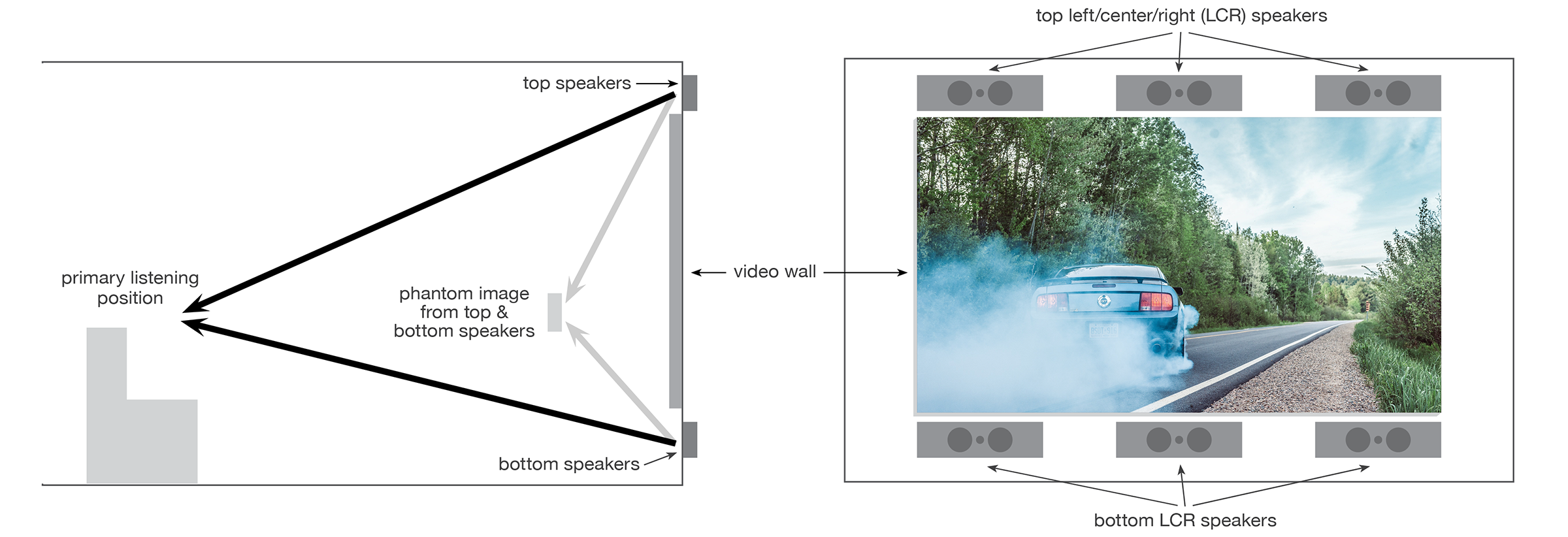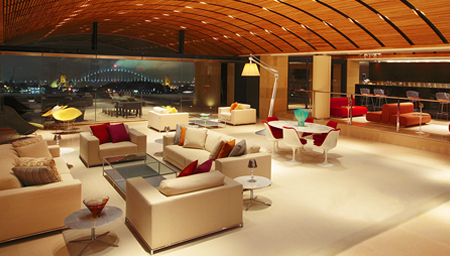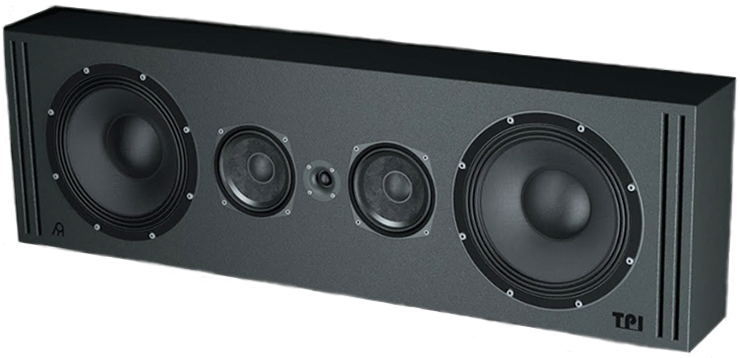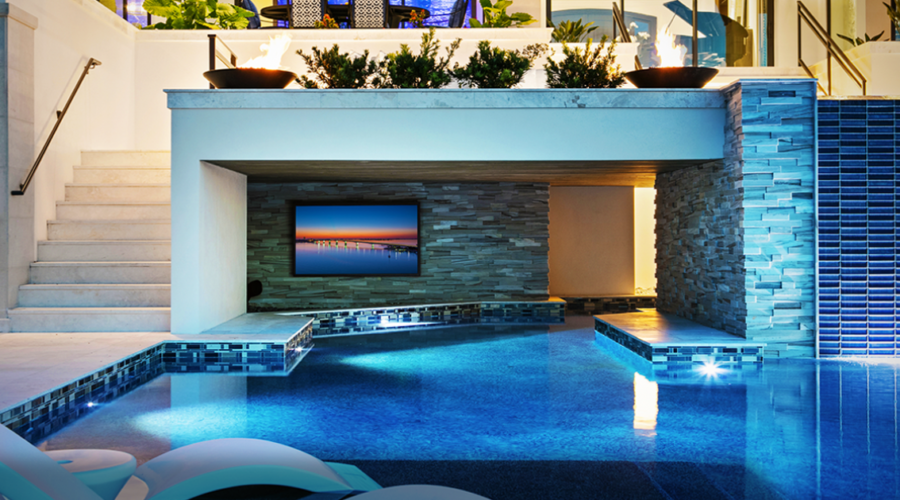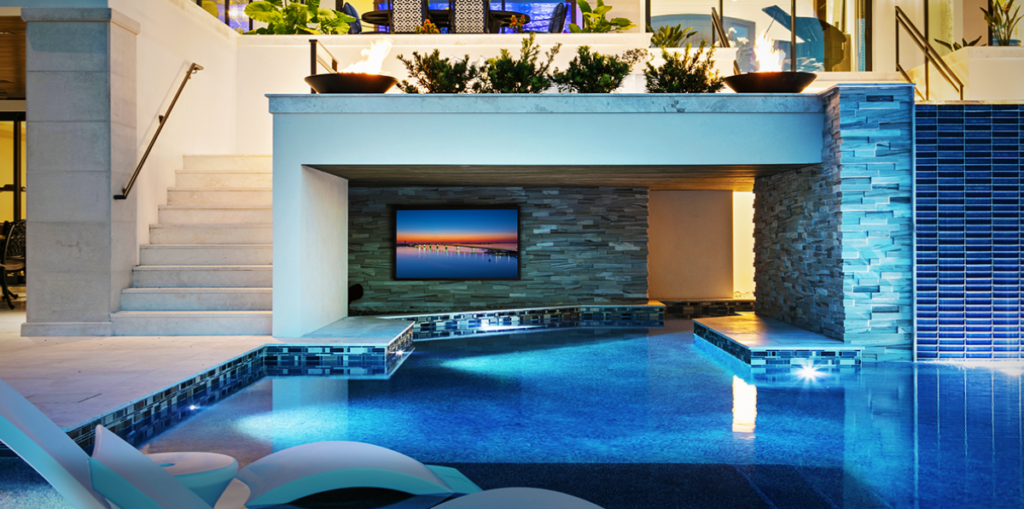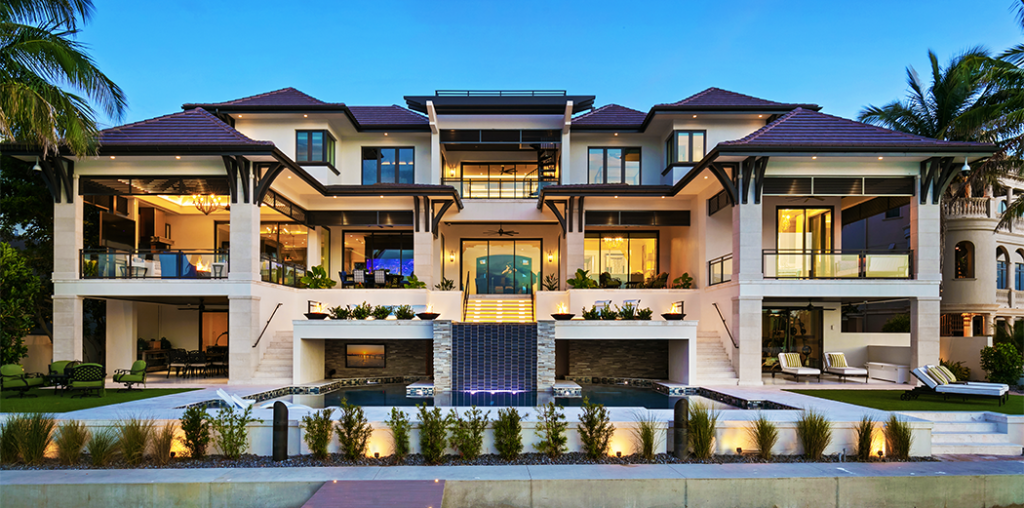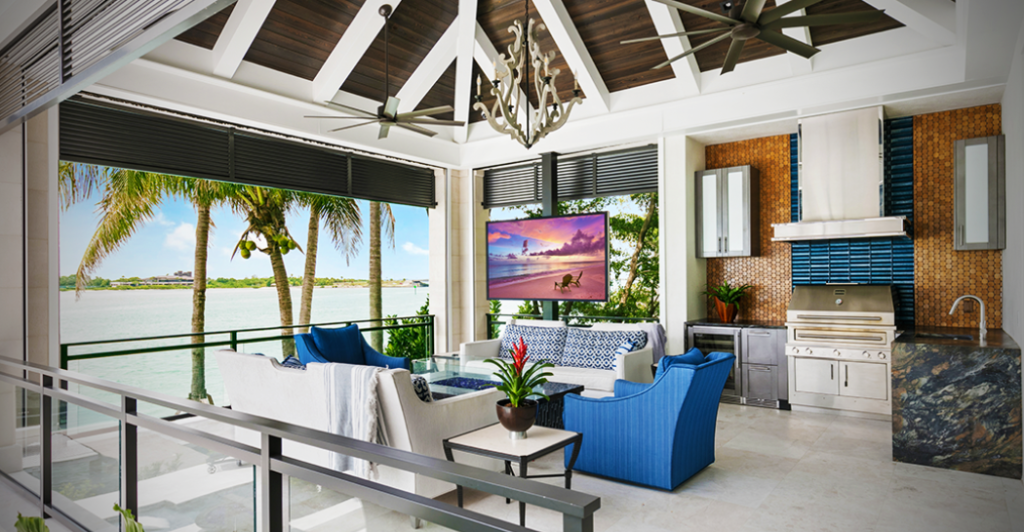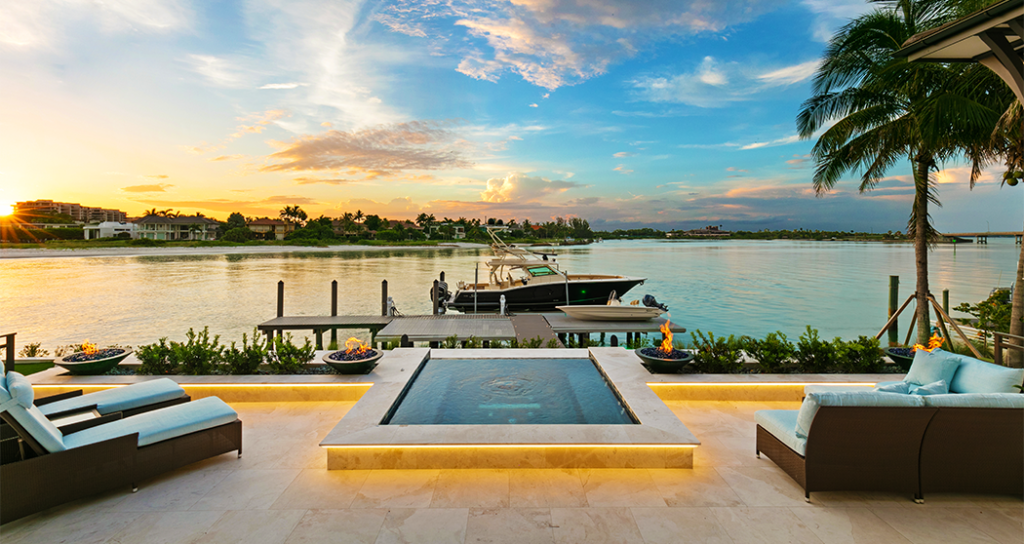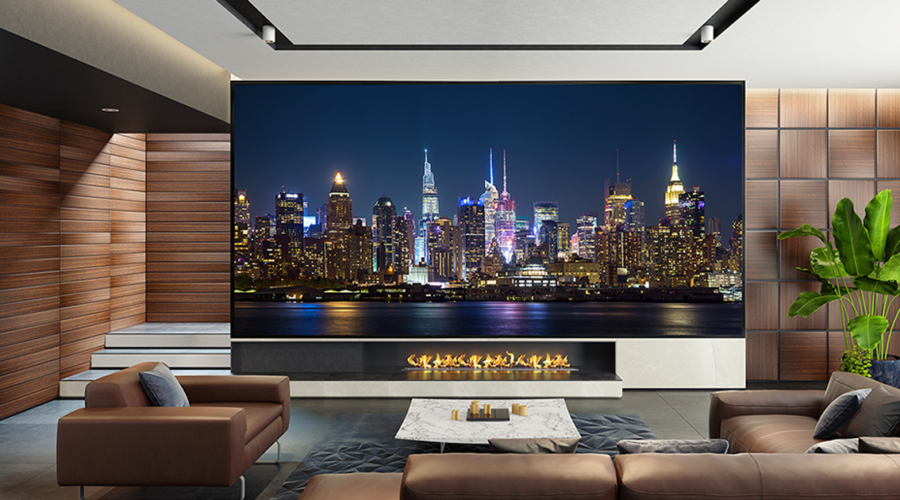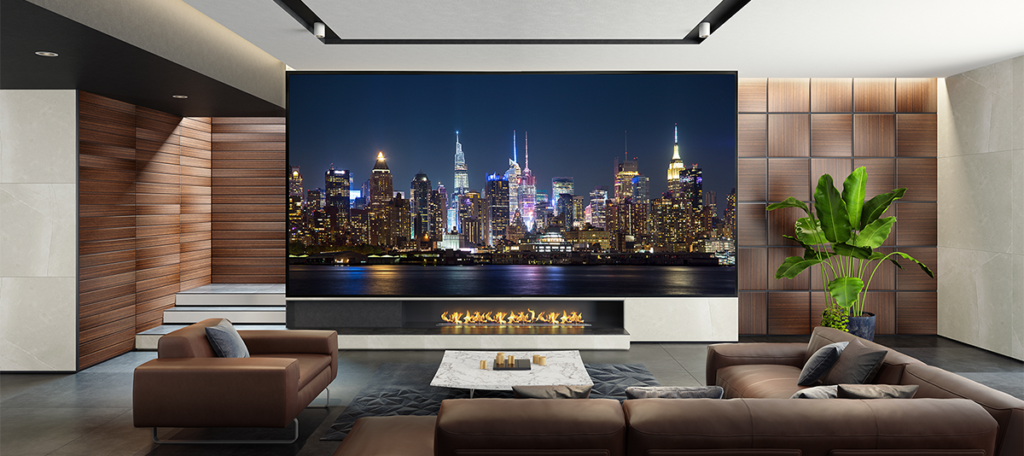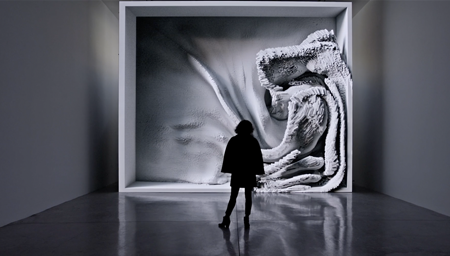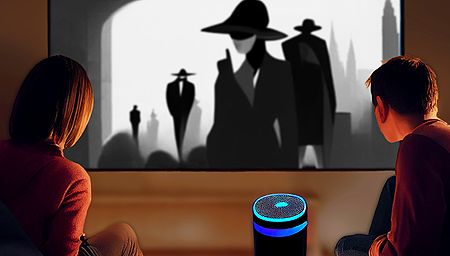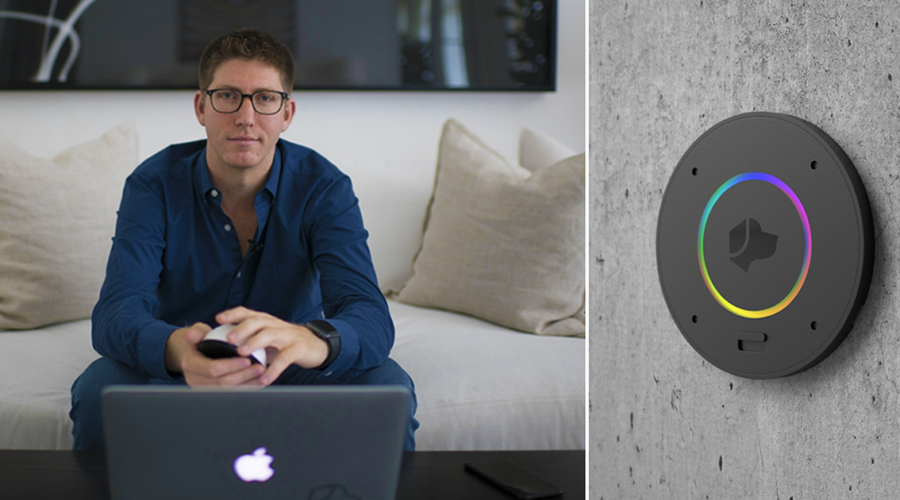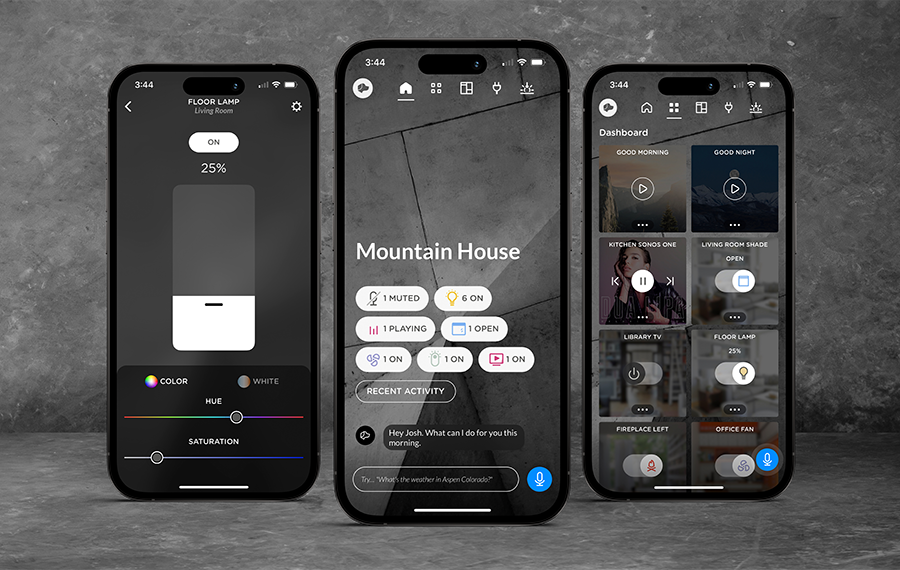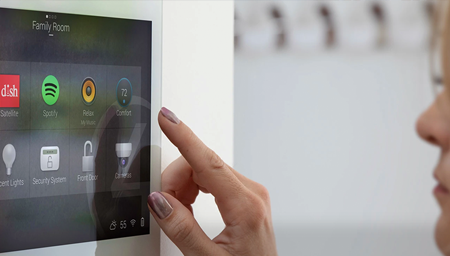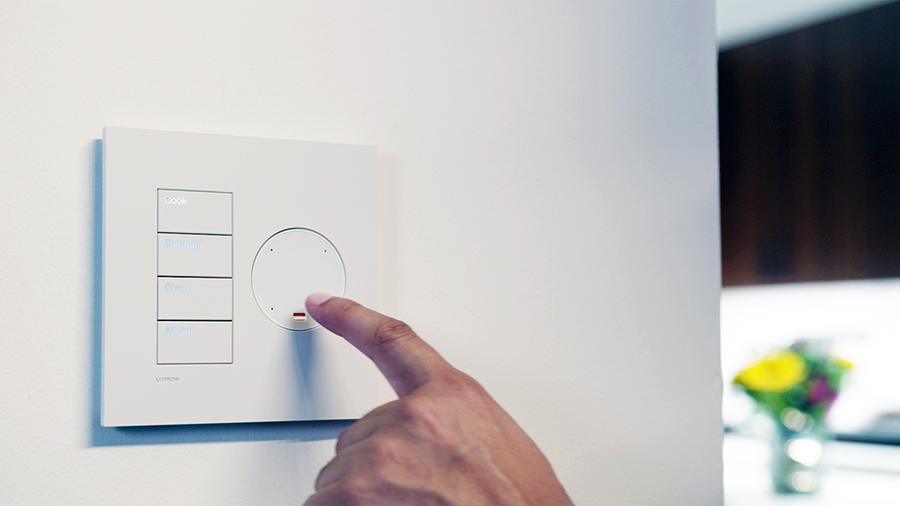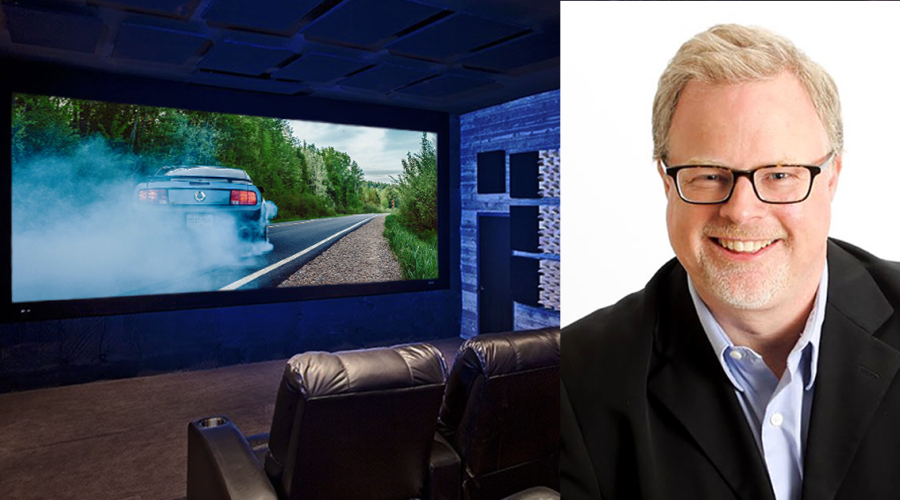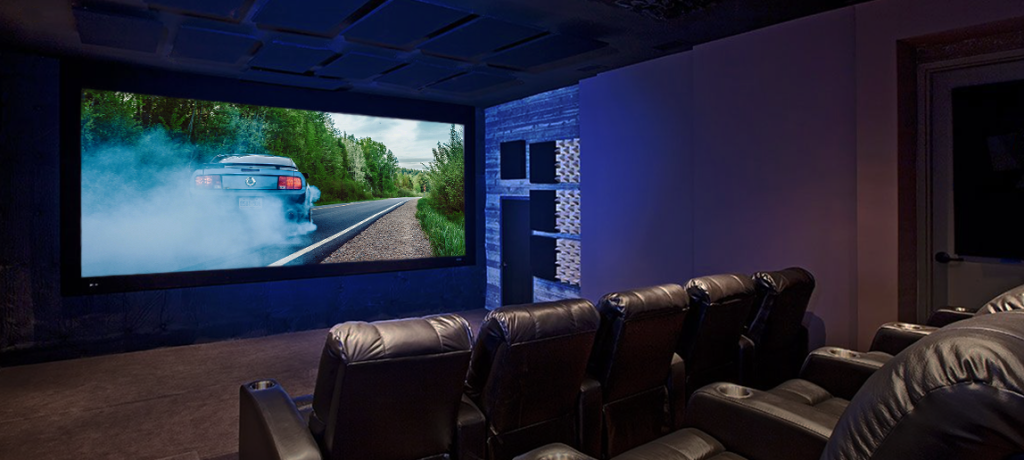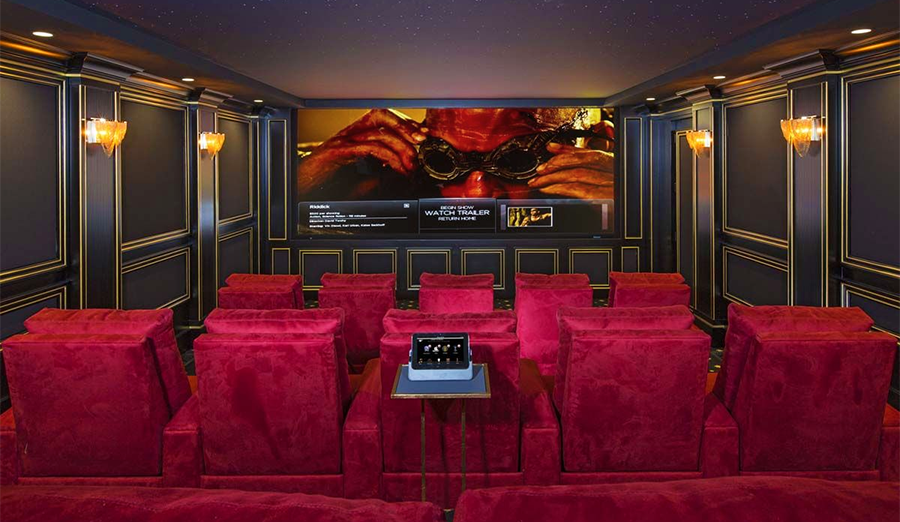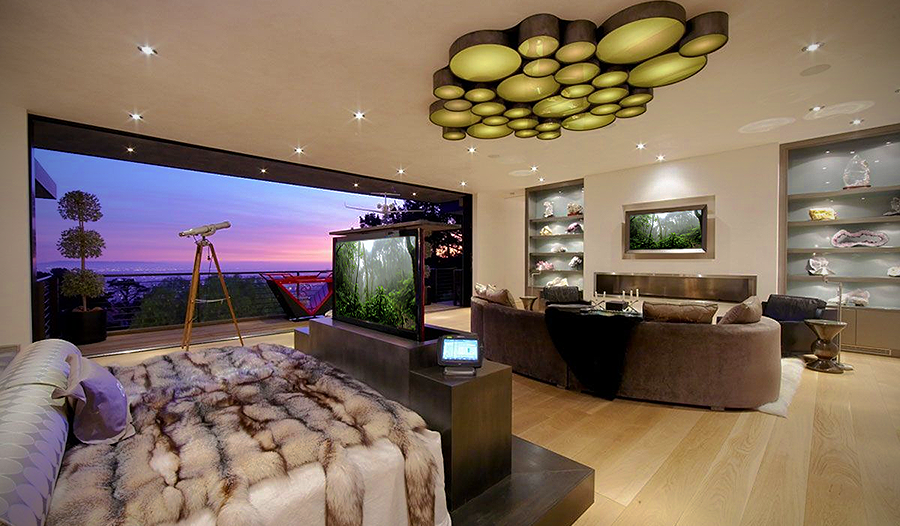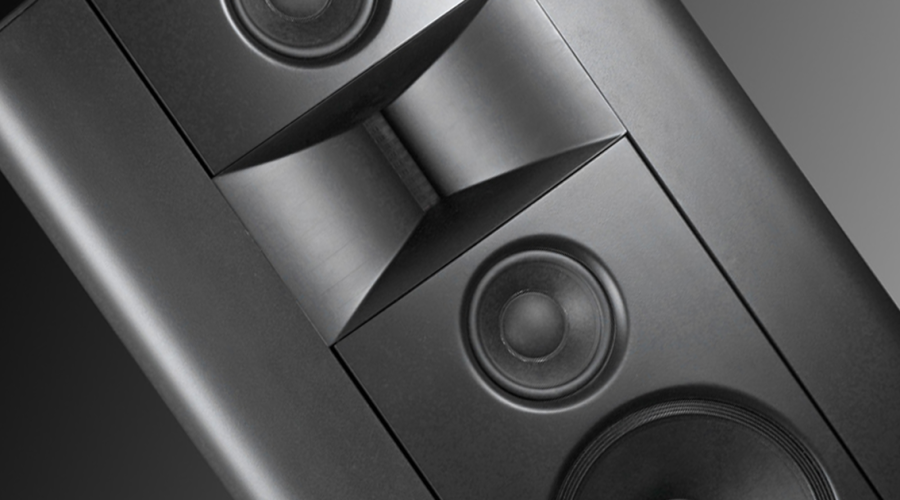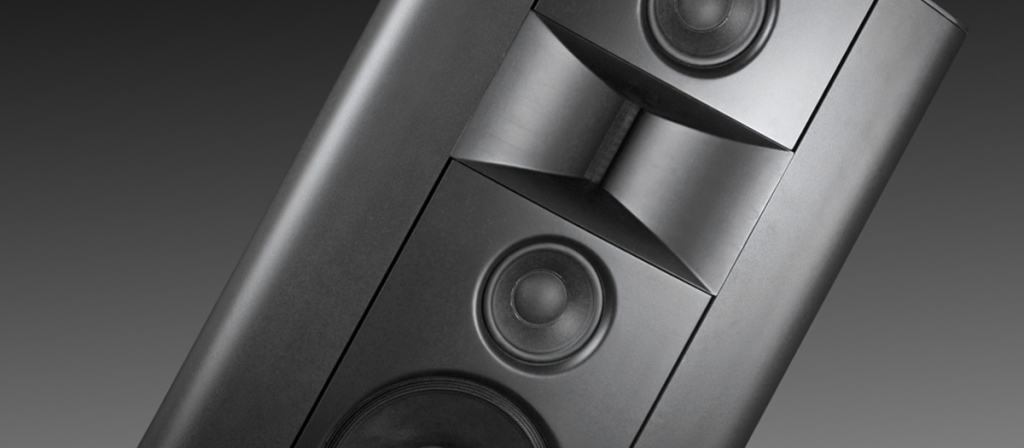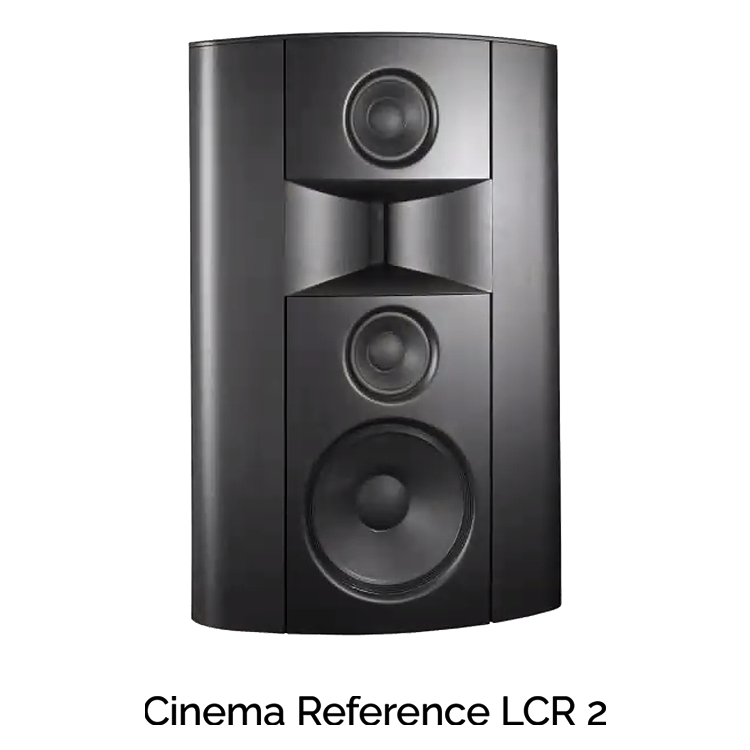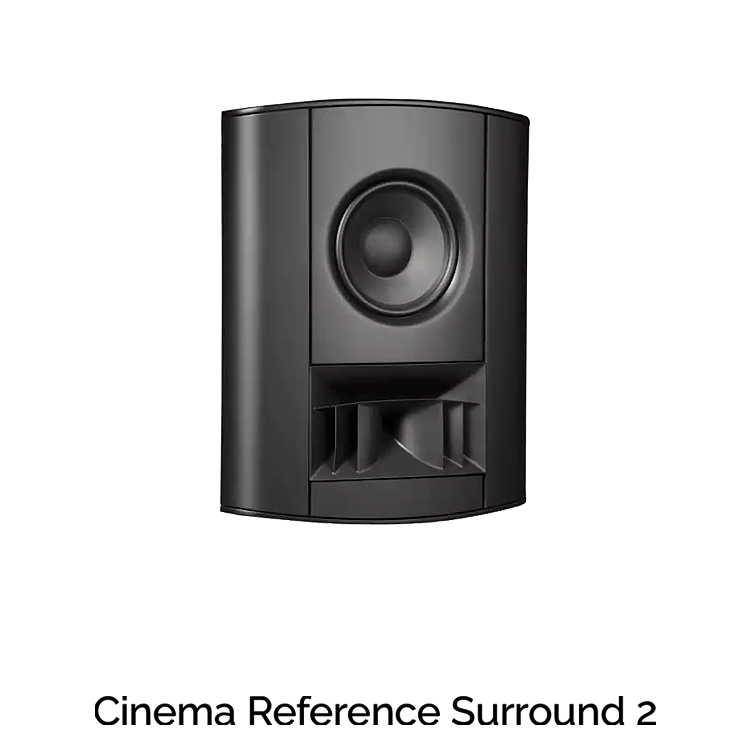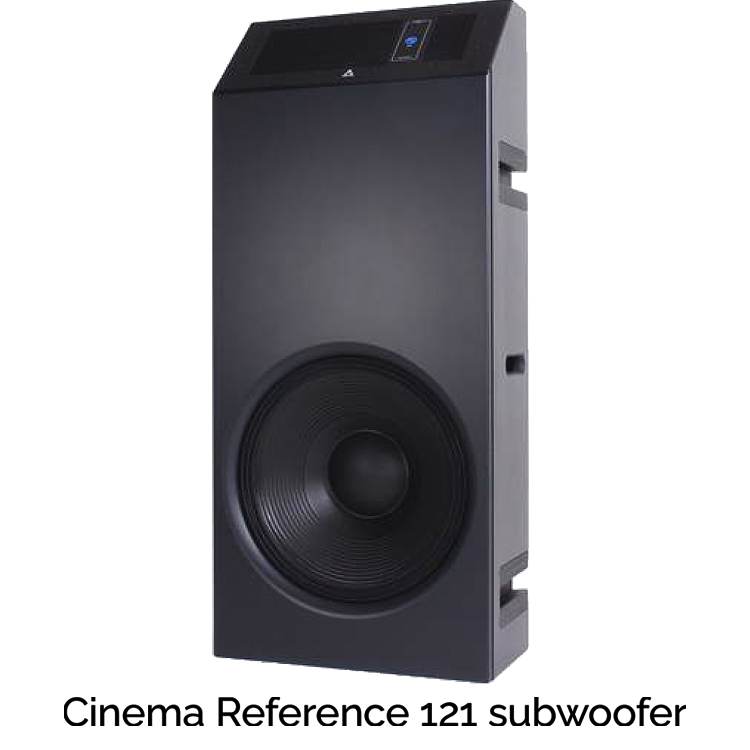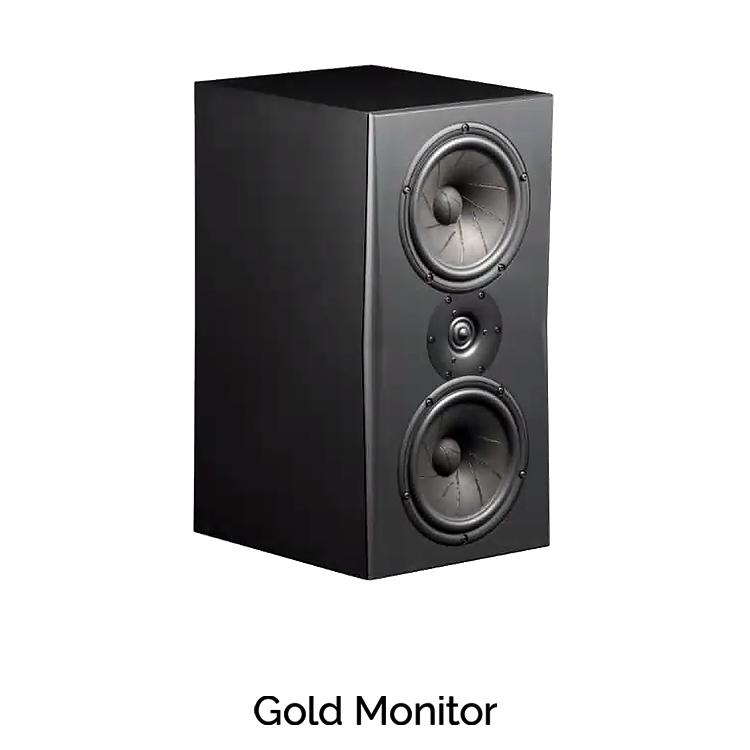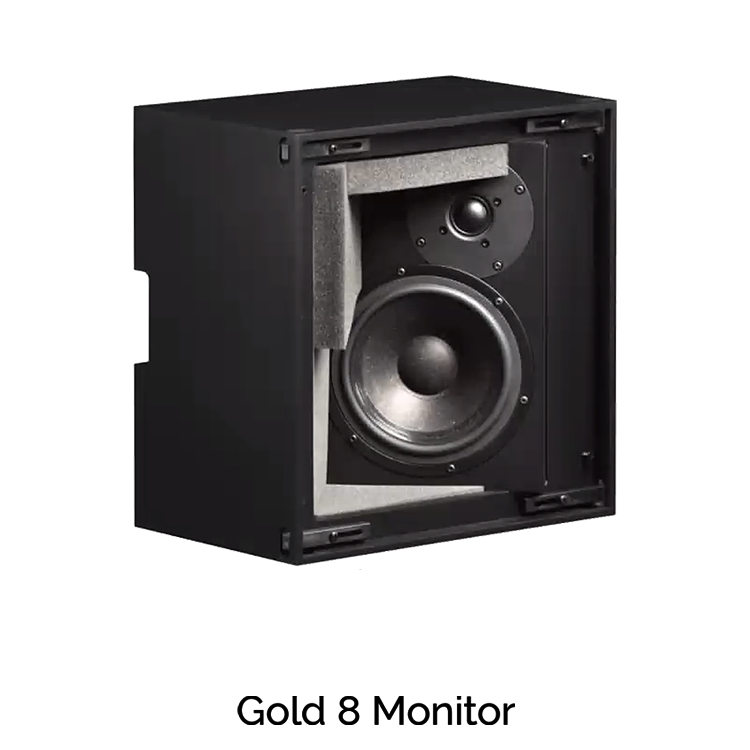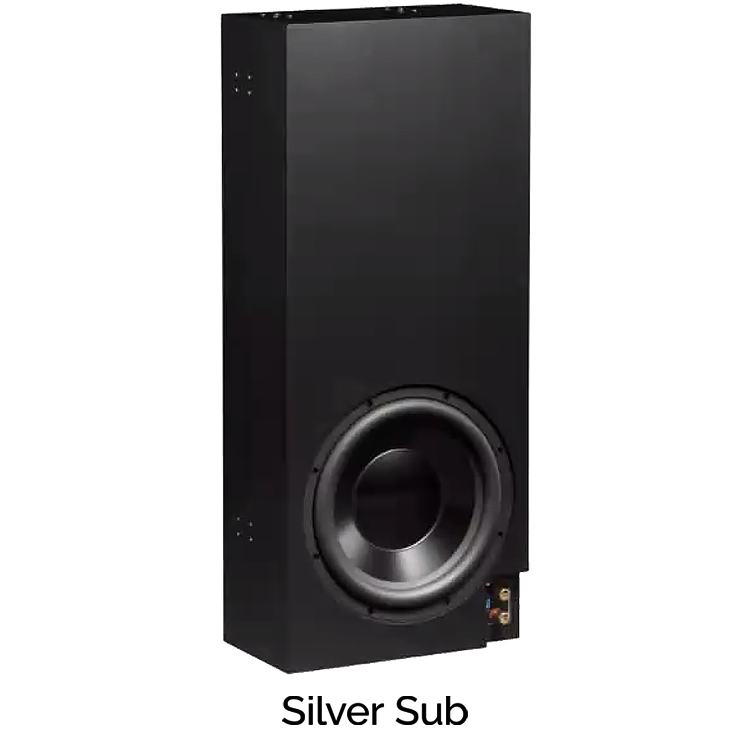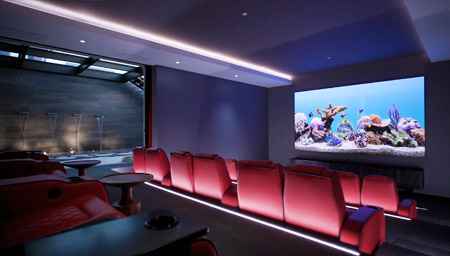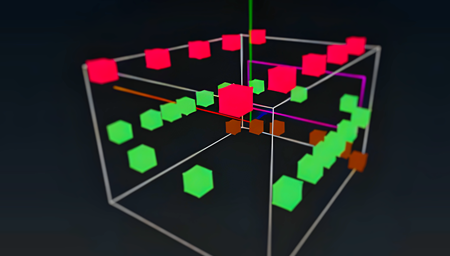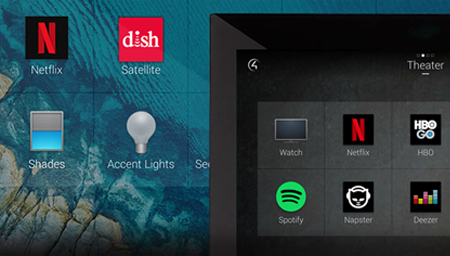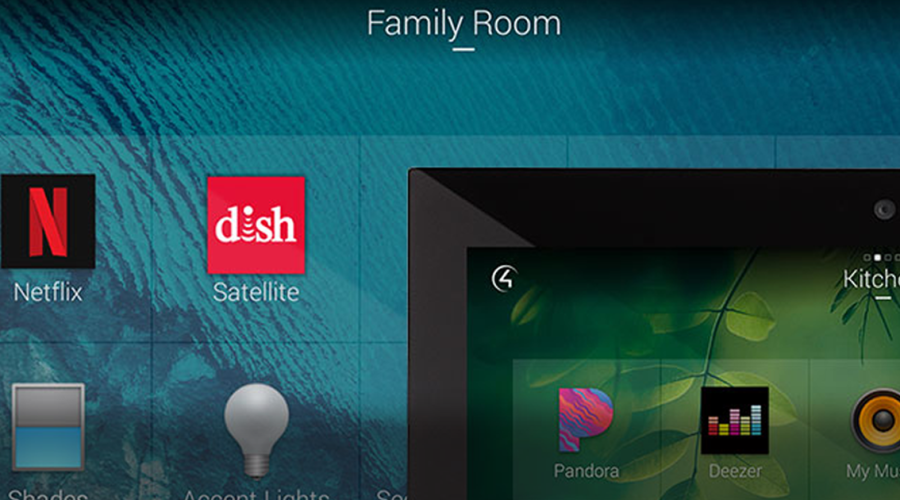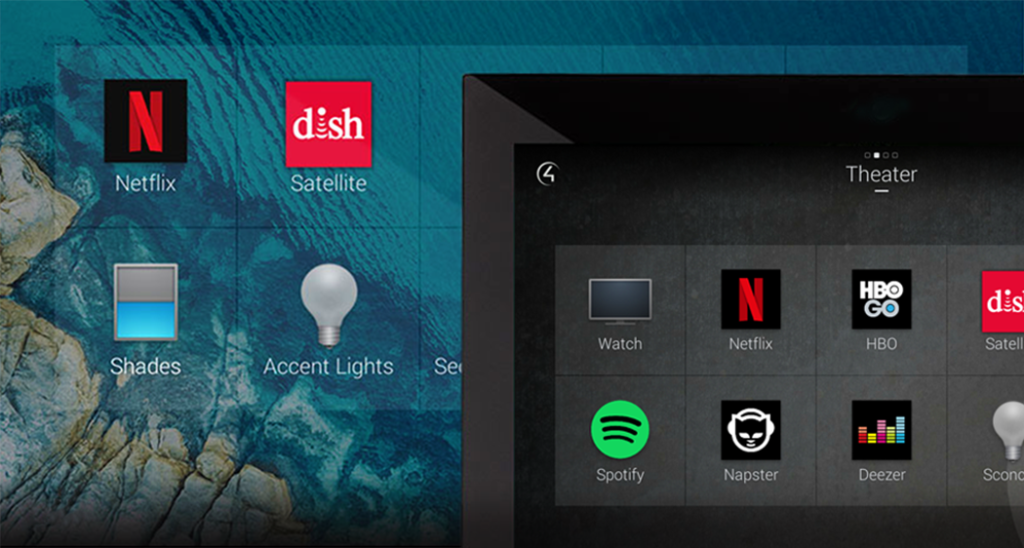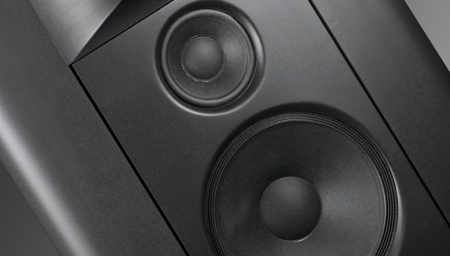The Guys Who Get Design
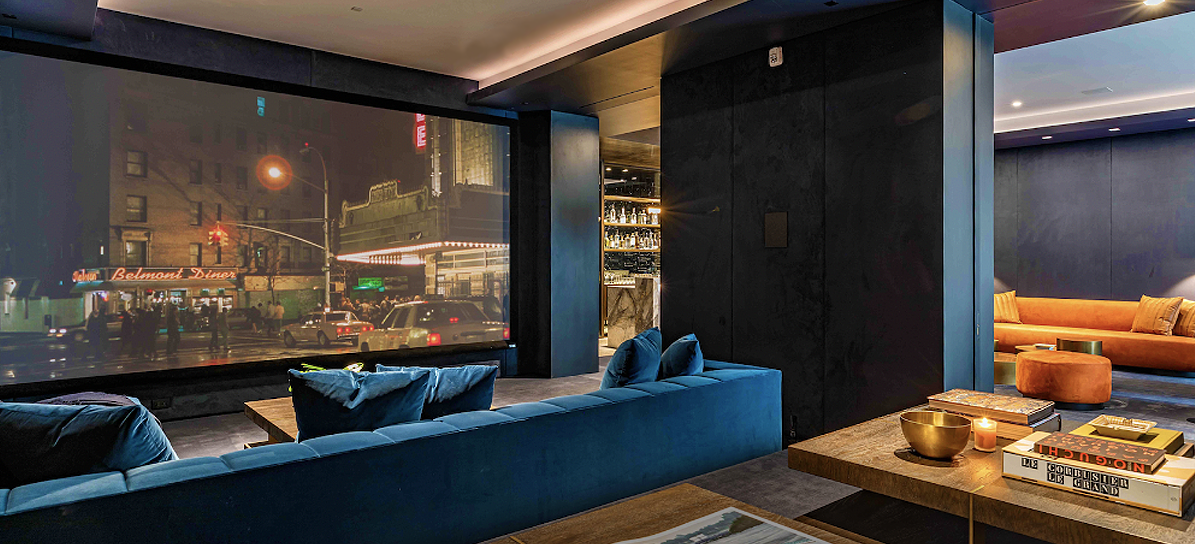
The Guys Who Get Design
related articles
“since everyone is more reliant on technology than ever, clients, architects, designers, and builders don’t fight that conversation as much anymore”
SAV Digital Environments, Bozeman, MT
The HTA’s Josh Christian talks about his efforts to make integrators more design savvy and to get architects & interior designers to bring integrators into the design fold
by Michael Gaughn
February 28, 2023
As technology becomes more and more deeply woven into the fabric of the home environment, the need increases for professionals who can integrate it not just seamlessly but with some flair. But while architects and interior designers will turn to custom integrators to supply the required wire and gear, they tend to cast a wary eye in their direction when it comes to anything involving design, seeing the integrator’s efforts as more a necessary evil than a desired complement to their work. The upshot is that integrators tend to find their involvement in the overall creation of a home minimized, and postponed in the process for as long as possible, which often leads to major changes and delays that can bring construction to a frustrating and expensive halt.
Josh Christian is working to change all that, using his organization, the Home Technology Association (HTA)—which was created to separate the custom integration wheat from the chaff—to not just help integrators become more design savvy but to urge architects, designers, and builders to engage those HTA integrators who have their design act together from the very beginning of the planning of a home. Below, Josh talks about how this effort arose from his own early years as an integrator in the LA market and how he and his organization have made some headway but still have a ways to go.
Is it fair to say that integrators are often left out of the design loop until it’s too late to have any meaningful impact?
Typically speaking, yes, that’s a big problem for integrators. Bringing them in too late leads to all sorts of problems. It means a lot of the client’s technology wishes will be compromised, which often leads to having to do a change order or an expensive retrofit and other delays with the project.
Is there a subset of integrators who have figured out how to ensure they’re in there early, and do they have any strategies that are the equivalent of waving their arms and saying, “You’d be crazy to start without us.”
My guesstimate of all the integrators out there, less than 3% have figured this out in any meaningful way, where it’s a serious goal of theirs to improve their working relationships with architects, designers, and builders. The successful ones are just doing really great marketing business practices. They’ll join the associations for those trades and use them to meet up with the builders, designers, and architects in their community. They’ll also reach out and connect on social media.
That’s what I did when I got into the luxury end of custom integration back in 1998 working with DSI Entertainment Systems. I did a lot of research to find out who were the top architects, designers, and builders—I’m just going to call them “trade partners,” to make it easy—and see if any of them were in magazines like Architectural Digest. I’d pick up the phone and call and and even literally drive by—good old door knocking—and introduce myself as an integrator that understands them.
Where many integrators fail is that they talk all about “me, me, me”—O, we’re the best integrator in town; we do this, we do that; we do home theater, we do home automation—but they don’t talk about their process so much and show that they respect what their trade partners do. Because it’s really important for an integrator to be able to think like the people they work with. Those other people typically aren’t interested in audio, video, or controls, and because of that they think their clients don’t care either. So integrators shouldn’t talk about those techie things when they introduce themselves but should instead present themselves as a solution to their client’s technology needs, because the truth is that there’s going to be technology in every single home their trade partners are working on, even if a client’s not a techie person.
At a minimum, a home needs to be prewired; it’s probably going to have a network and the client is probably going to want robust wi-fi, and they probably want a security system or a surveillance system. So it’s best for an integrator to say, “Hey, I’m a solution provider. No matter how simple or how complex, I’ll help design the client’s technology needs into your plans and make sure everything gets installed in the best, most aesthetically pleasing way possible. And if any of our products will be visible on the structure or in the interior, I’ll get your input so you’re OK with the way they look.” The trade partners love that, because they’re been included in the process.
That’s how it started back in the late ‘90s, just showing empathy. Today, the better integrators have learned to pique the interest of their trade partners by first talking about things most likely to be on the client’s mind—things like wellness, energy management, and motorized shading and lighting. If integrators can position themselves as system designers who know how to integrate these priorities into their trade partners’ plans, they’re seen as a valuable designer and consultant and not just a contractor or sub-contractor who’s only there to install something and leave.
Do you find that there are many integrators who have a strong grasp of design?
The awareness still needs to come up with that quite a bit. When I started with the Home Technology Association, I expected to find that many more integrators are doing this than they are, so we’re providing guidelines to help the ones that aren’t yet performing at that level to show what the architects, designers, and builders want out of them. It’s slowly getting better but it has to happen a lot quicker.
Interior designers used to want nothing to do with technology because they saw it as just gumming up what they were trying to do, which frequently led to tension between them and the integrator. Younger designers and architects seem much more comfortable with the technology and are more willing to accommodate the integrator. But what’s your recent experience been like? Is it still a battle to get designers to accept the tech?
It is a bit of a battle but it is getting better. It’s important to remember that back when I got my start in this, the technology tended to be a lot more obvious, a lot less flexible, a lot more expensive, and wasn’t as central to people’s lives. But now everybody is effected by technology, and since everyone, including the architects, designers, and builders themselves, are more reliant on it than ever, the clients and trade partners don’t fight that conversation as much anymore.
Are you aware of many integrators who have interior designers on staff?
I know very few. I think there are maybe two integrators out there who have one on staff. And I think the reason it’s uncommon is that, if an interior designer knew an integrator had someone who does what they do, they’d be less apt to refer that integrator, thinking the integrator might take that client’s interior design business in the future and create a conflict of interest. Plus, it’s such a different field.
Could you cite any integrators that are particularly good at getting in there early on projects, at bringing the design elements together, and at creating a strong bond with the other trades?
There are a few in our industry that do a really great job of that. But SAV Digital Environments in Montana stands out because they do a phenomenal job of marketing. They do a lot of lunch ’n’ learns for architects and designers, they get their CEU credits, and they do quite a few events at their showroom. There’s also Joe Calise at Sights N Sounds in Seaford, New York. He’s the chapter president of the interior design society chapter there so he’s well known in the interior designer circle in New York, which is phenomenal.
Another one to call out is Jamie Briesemeister from Integration Controls in Missouri. She’s working on a showroom remodel that’s going to be a great place for hosting events for architects, designers, and builders. I’m seeing more integrators instead of moving away from showrooms, building new ones, and they’re building them to be interior designer and architect resources.
That’s a great trend, and I hope it continues, because you can talk about human-centric lighting but when you see it, it really has an impact. That’s especially true with something that’s near and dear to this industry’s heart—a high-performance home theater. Home theater has become such a diluted term. A client sometimes thinks it’s a three-hundred-dollar soundbar system they can find at a big-box store because it says “home theater.” So they think that if that’s three hundred dollars, if they spend five thousand dollars they must be getting something just ridiculously, phenomenally top of the line. But, as you and I know, you can spend multi hundreds of thousands of dollars on a home theater, if not millions. But it has to be done right. It’s not just the components—it’s the design, it’s the acoustics, it’s the space. So I like that high-performance theater is being focused on again, where there are truly wow experiences that can convince even a jaded client. Clients will spend the money when they know what experience is they’re going to get.

Josh Christian
“the better integrators have learned to pique the interest of architects, designers, and builders by first talking about things most likely to be on the client’s mind—things like wellness, energy management, and motorized shading and lighting”
Sights N Sounds, Seaford, NY
Integration Controls, Rock Hill, MO
Michael Gaughn—The Absolute Sound, The Perfect Vision, Wideband, Stereo Review, Sound & Vision, The Rayva Roundtable, marketing, product design, some theater designs, a couple TV shows, some commercials, and now this.
© 2025 Cineluxe LLC
